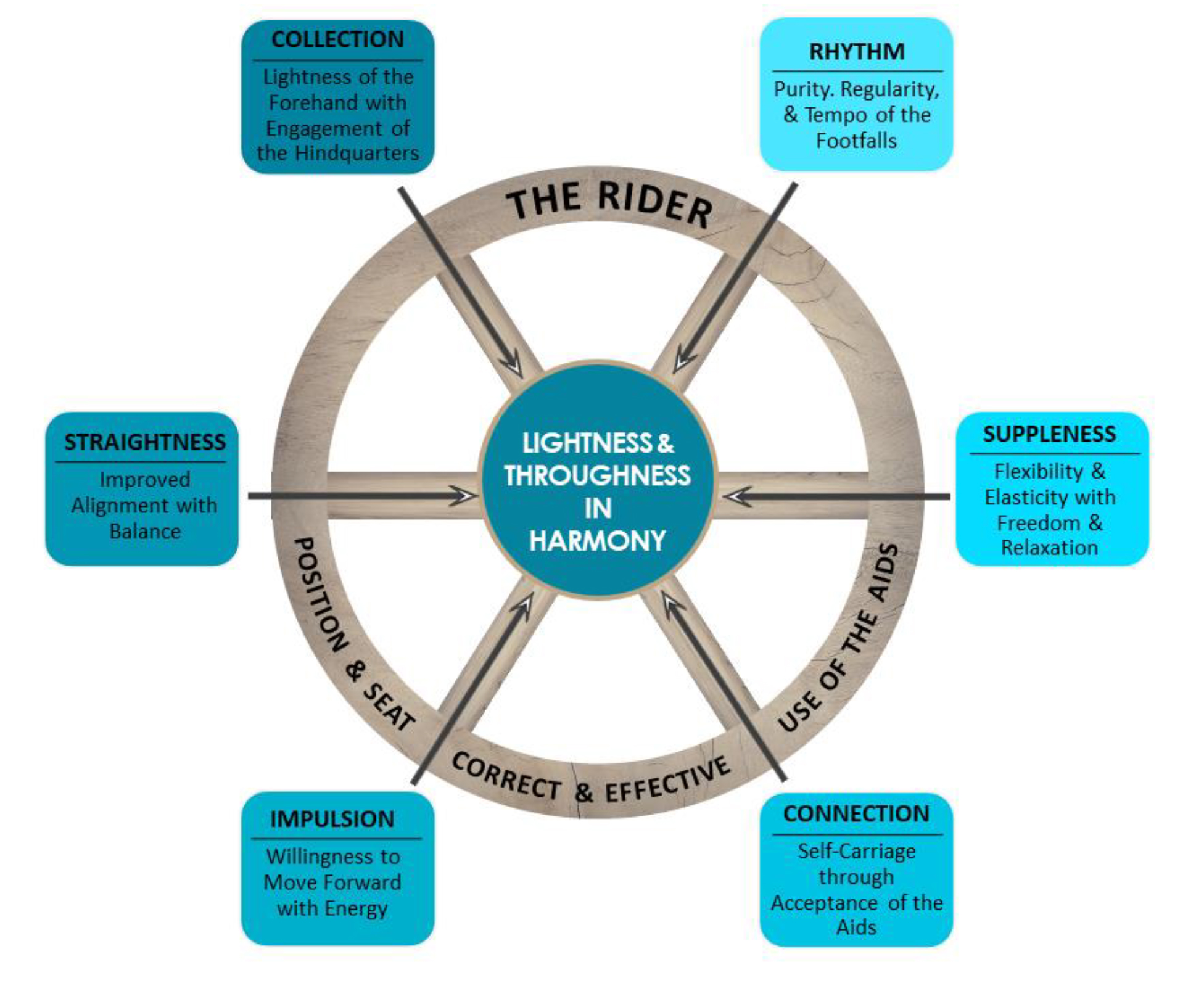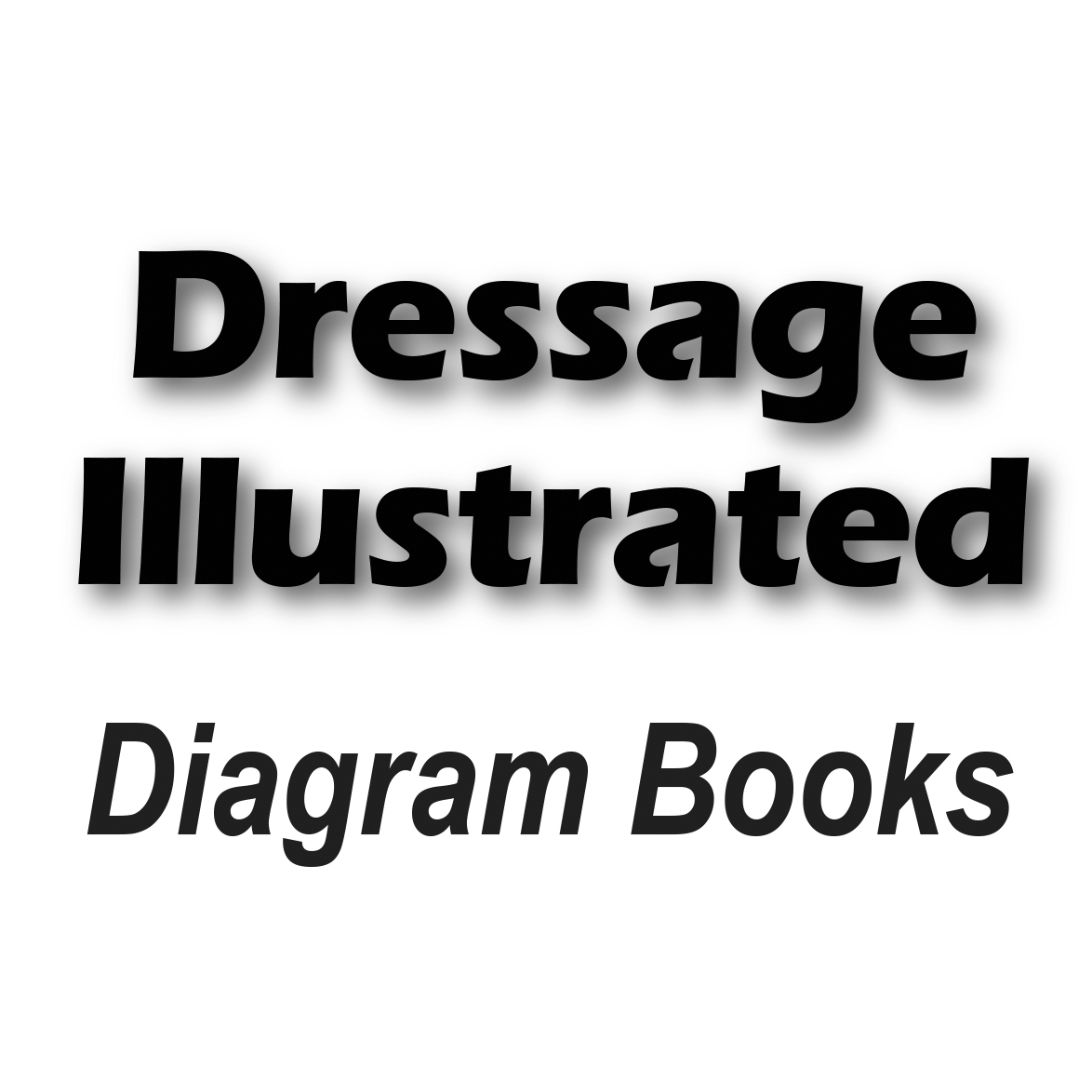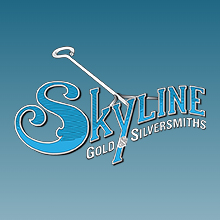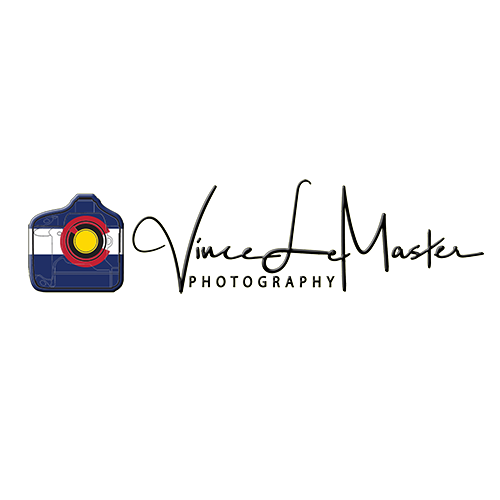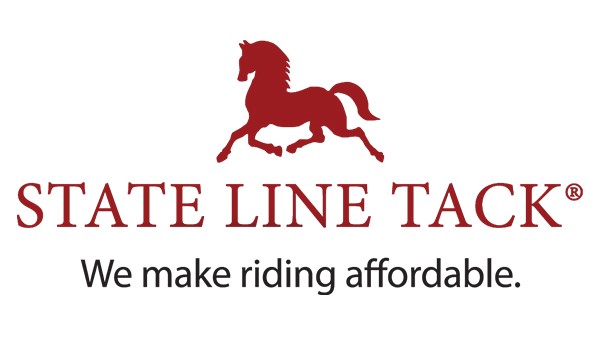- Home
- About
- Join
- Tests & Resources
- Calendar
- WDAA Programs
- Partners & Alliances
- Buy Stuff
|
WHY A WHEEL?The WDAA Training Wheel diagram depicts the training basics needed to reach the ultimate goal of Lightness and Throughness with Harmony and serves as a guide to riders to evaluate and improve their Western Dressage training. First some basics:
Depending upon your level of development, you may focus on different elements of the wheel. For example, at Introductory and Basic Levels the spokes on your wheel may contain Straightness, Connection, Rhythm and Suppleness. At Fourth and Fifth level, all of the components are needed. The rider must evaluate the training and determine which part of the wheel needs improvement to keep the wheel balanced. One element should not be overlooked or favored over the other. They are all equally important. Training BasicsThe spokes of the wheel (the training basics) support and connect the rider with the hub of the wheel (lightness and throughness of the horse in harmony with the rider.) All of the spokes are integral to the horse becoming balanced, both physically and mentally, and to enhance his usability and longevity. Let’s take a look at each of these training basics. We will move around the wheel clockwise, beginning at approximately “1:00”. You will notice that there is no hierarchy of importance in spokes of a wheel, as they are all important. Rhythm is the first spoke of the wheel, as it addresses the purity of the gaits. This means the regular sequence of footfalls in the walk, jog and lope. In order to be “regular” with the footsteps, the horse’s tempo (miles per hour, basically) must be consistent and appropriate for that horse to maintain balance and self-carriage required of the level in which he is training. Correct rhythm, tempo and balance enhance a horse’s gaits and increase the freedom and elasticity of the horse, and therefore are considered a priority in your horse’s training and development. Additionally, gaited horses must demonstrate a regular sequence of footsteps, either a four beat lateral gait or diagonal gait, depending on the breed. When evaluating a gaited horse’s “saddle gait”, consistency of the sequence of footfalls must be considered. Our next basic is the Suppleness of the horse, the flexibility and elasticity of the horse with freedom and relaxation. Suppleness is relevant to the horse’s conformation, the way the horse is put together (bones, angle of the joints, etc.) but over time with correct training and conditioning, the muscles, ligaments and tendons can be improved as with any athlete. Conversely, incorrect training can injure the horse and negatively impact his future and usability. For example, sustained contraction of muscles is harmful. Relaxation allows the muscles to be free from contraction, and is essential for the horse to develop flexibility, strength and ease of movement. Elasticity is exhibited by the horse stretching and contracting his muscles smoothly, demonstrating a stretchiness or springiness. Relaxation also refers to the horse’s mind, being free from mental anxiety. Developing the horse’s mind and body is a very important basic in your horse’s training. The next basic on the wheel is Connection, developing self-carriage through acceptance of the aids. Our wheel includes connection rather than contact because our horses have the option of being trained bitless (bosal, hackamore, bitless bridles), therefore the word contact with reference to a bit is not appropriate for our discipline. We want our horses to achieve self-carriage, being ridden from back to front while accepting the rider’s driving aids into a soft, allowing feel of the hands. This harmonious partnership between the horse and rider demonstrates the quality of the connection. When a stretch circle in the jog or a free walk is demonstrated, the horse shows a desire to seek the “feel” of the rider and stretches his neck out and slightly downward. As he moves up the levels and becomes stronger, more engaged, and better balanced, he learns to lighten his front end and develop self-carriage. Impulsion is the next “spoke” of the wheel, with the horse demonstrating a willingness to move forward with energy. The horse uses the power in his hindquarters to carry himself forward with spring, elasticity and suppleness in his back. Impulsion also includes the “air time” or a period of suspension in the jog and the lope. Since there is no suspension in the walk, we do not refer to Impulsion when discussing the walk or the saddle gaits of gaited horses. Impulsion is a component of the development of the medium paces and extended paces of the gaits. The next spoke of the wheel is Straightness, improved alignment with balance. Most horses, like us, tend to have a weak side. Our job as their trainer is to help them become more “even” in their capabilities, utilizing lots of gymnastic exercises that require using both hind legs more evenly, strengthening them for better longitudinal (back to front) and lateral (left and right) balance to improve straightness. This is a very important step in all phases of training, and critical when preparing for collected work. Collection, or lightness of the forehand with engagement of the hindquarters is the next spoke of the wheel. Collection is developed by the horse bending the joints of his hind legs to carry his weight increasingly on his hindquarters while using his thoracic-sling muscles to push himself up and back over his hindquarters, lightening his forehand. The steps in collection tend to be shorter and more powerful, with the rider’s aids becoming lighter. Remember to use the training wheel as your guide throughout your horse’s training and when evaluating other horses’ training. Well trained horses are more likely to live longer more useful lives while making happy safe partners for the riders who love them!Click here to download the WDAA Training Wheel PDF.Click here to download a simplified version of the training wheel for print |

